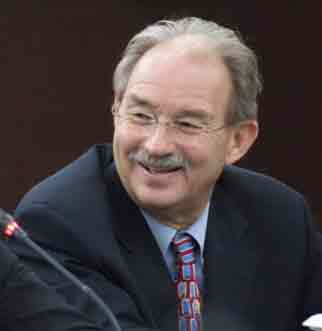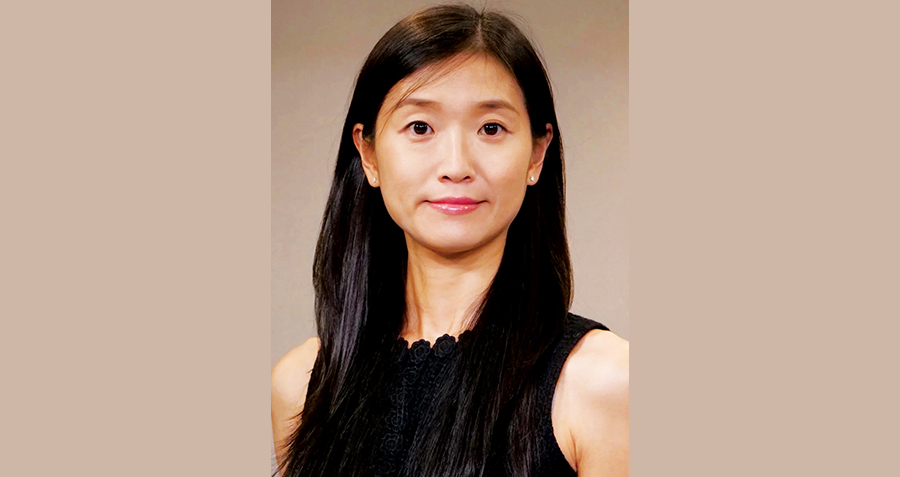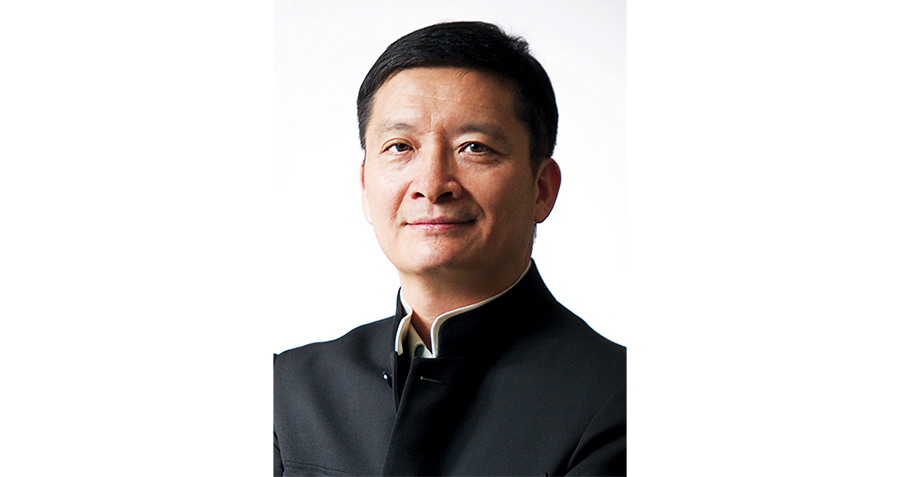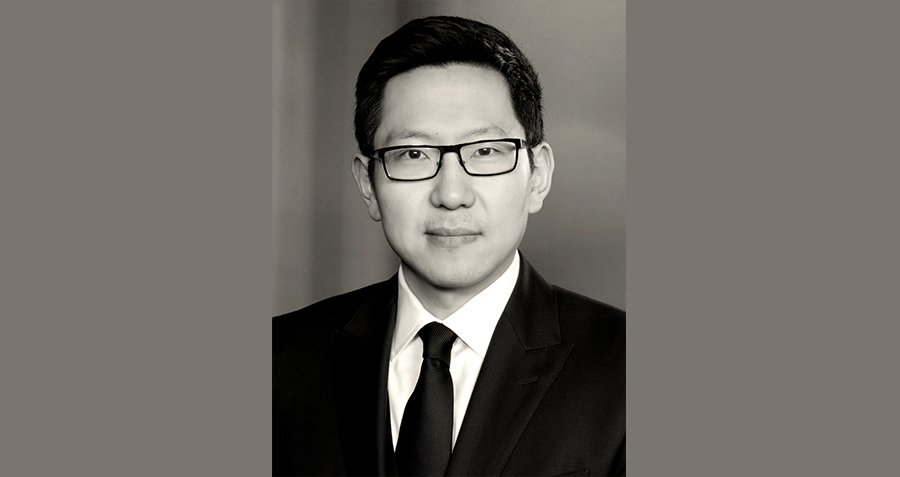
Bill Fischer, author of Reinventing Giants, on how CEO Zhang Ruimin transformed Haier from a lumbering giant into the world’s largest white goods manufacturer—and a world-class brand.
China has never been at the forefront of management innovation. Whenever you talk of management innovation, the companies that come to mind are GE, Procter and Gamble, Whole Foods, Toyota, etc. So if GE pioneered new practices in leadership development and succession planning, companies like Toyota gave us ideas like lean manufacturing and just-in-time (JIT) strategies. Unknown to many in the West, Chinese white goods manufacturer Haier Electronics has been pioneering management innovations of its own.
The company, according to Bill Fischer, Professor of Innovation Management at IMD, has been through as many as three “reinventions” over the past three decades under its CEO Zhang Ruimin. Over time Zhang has pioneered several management practices that have taken what was a slow-moving behemoth into the nimble enterprise that is today the world’s largest white goods manufacturer. These practices have helped raise the bar in terms of quality as well as branding.
And what are these practices like? Haier practically did away with the middle management layer. The frontline sales staff now brings in ideas from the customers and reports them to the top management which, in turn, creates strategies based on this information. The silos between departments have been done away with. Now the company works like an open ‘marketplace’ for ideas and talent. Each time there is a new project to be worked on several people ‘bid’ for it and come together as an independent business unit. The unit dissipates after the project is over and everyone goes back into the marketplace. This effectively creates competition within the organization but also fuels entrepreneurship.
In this interview, Fischer who also a book on Haier called Reinventing Giants (co-authored with Umberto Lago and Fang Liu) talks about Haier’s incredible story.
Q. Haier made a remarkable evolution from an original equipment manufacturer into a global brand 30 years later. What were the significant turning points in this journey?

A. If you go back to, around 1983-1984, there was a huge pent-up demand for refrigerators in China. I remember people on the street with cash in their hands trying to buy refrigerators arriving by truck. If they didn’t buy them there on the curb, once they got in the store they would go into an allocation system, they would never see them. They would buy damaged refrigerators, because quality was pretty bad in those days in China across all industries. There was this great secondary market which could repair anything. So people would buy for a premium damaged products and have them repaired.
Zhang Ruimin foresaw that this was not going to be the case forever. He believed that quality would be the norm in China and there would be a brand. There were a few (brands) in bicycles or beers, but for the most part [things] were not branded. He also saw that once the foreigners came in with their brands, Chinese firms would have to differentiate themselves. So there was this very famous memorable moment where he took 76 refrigerators and had workers destroy them with sledgehammers. He changed the business model to embrace branding on the basis of superior quality.
He made big choices about the culture in the organization so that they would have disciplined workers who would build quality products, and they could have a brand. That was the first big step. In between, he was so successful, he was asked by both the national government and the local government to take on some ailing state-owned enterprises (SOEs), and convert them.
The second big jump was in 1991, when he saw that quality was readily available and brands were becoming well-known. Quality alone was not sufficient. They needed to have great service. He reinvented the business model around providing service responsiveness. The workers had to change, the way in which they charged for their services had to change.
Seven years later, he believed that service was pretty much a norm across the household appliance industry in China, and what he needed to do is to get closer to the customer to be able to know the customer better than the customers know themselves. This was going from responsiveness to intimacy, the ability to anticipate what customers wanted. And he had to blow the company up in order to do that. Everything changed. He put in this ZZJYT (zi zhu jing ying ti, a system in which several independent units exist and function). He reorganized the way work was done. He reorganized the way measures happened. He needed new skills. And there was a complete reinvention as well. So, in a very short period of time, he had reinvented the company at least three times.
Q. How was Haier’s evolution different from companies like GE or IBM, the Western companies that we are more familiar with?
A. What Haier has done is be more aggressive and more comprehensive in the way they’ve thought about reinvention. They have moved before they needed to: whether it was building a brand reputation or quality, or whether it was about being a great service provider, or being intimate with the customer. Each of those was done earlier, when resources were abundant, and people felt good about the company, rather than later. Many of the Western firms tend to jump late, tend to postpone heroic reinvention until it’s too late, until resources are scarce and everybody’s afraid. One of the things that Haier has done very well is to really think strategically about when it’s time to give up the old and embrace the new.
The other thing they’ve done, is [build what is] very much a people organization. Zhang Ruimin has consistently been trying to develop talent. He’s been very sensitive to the level of talent and discipline and work ethic in the organization.
Q. In all of this, how would you rate the role of the CEO? In most other companies, maybe the CEOs don’t really have that kind of a stranglehold over the organization to push such change through. In some cases they are even not there for the long term. Here, it seems like Zhang Ruimin could always see things two steps ahead and act accordingly.
A. Really, really important. This couldn’t be done without strong leadership from the top management team—not only Zhang Ruimin, but his colleagues at the top who have been there throughout this period. It’s so important that I have now begun to reassess in my own mind what we’ve heard is best practice in the West. So Jim Collins in Built to Last and Good to Great told us there is no such thing as a charismatic leader, or charismatic leaders are not important. I don’t think that’s true. Look at Steve Jobs or Bill Gates. Or Meg Whitman at Hewlett Packard. All of these people are strong. They are all top-down. They’re all self-confident. It’s that combination of strength and self-confidence that allows them to accept ideas from below. The thing we learned from Haier is that if you don’t have strong self-confident leaders at the top, you can never unleash the voices from below, because an unconfident leader is suspicious, threatened by people from below.
Q. One of the things Zhang Ruimin did was break the company into different bureaus, effectively creating internal competition. How does that work?
A. If you are moving from ‘responsiveness’ to ‘intimacy’, in ‘responsiveness’, you need to listen very well to the customer and respond quickly. With ‘intimacy’ you need to get so close to the customer that the slogan was ‘zero distance to the customer’. That means you need to change the way in which you go to market because you are now dealing with ideas rather than just customer responses to offerings. You need to have a factory system that is infinitely responsive because you don’t know what’s going to come out of this. You raise uncertainty multifold. You need to build an organization that’s capable of dealing with unforeseen uncertainty.
In order to do that [Zhang Ruimin] needed to really free up the skills of his workforce because they had no idea what the customers were going to tell them. They needed to have an organization that was fluid in terms of how it moved to changes in the marketplace. He recognized that the existing departmental, functional, silo-ed organization would be too slow to do that. So he had to hire new skills, and then he had to put them into an organization that was able to move quickly and coherently the way the customer wanted. He had to take out the existing organizational units because they were historical, rather than anticipatory. What they settled on was an internal labor market where you literally auctioned off opportunities. So the slogan is “Haier doesn’t offer you a job but offers you the opportunity to create a job.”
If you are going to do that, you need a labor market inside where people bid for work and then assemble teams to address that work. Those teams dissipate at the end, and go back into the labor market rather than remain in place because of historic success. If you do that, you need a mechanism for choosing a leader. So they use performance, they appraise business models and promises to pick leaders. But once that leader is in place and assembles a team, his or her team appraises their performance every quarter and votes [on whether] they want to keep them in position or not. Everything changes. It’s the organization of disorder that allows them to perform so well.
[Watch the video below]
Q. Have we seen parallels of that anywhere else in the world?
A. We’ve seen quite a number of organizations that have tried variations on this theme. Oticon, the Danish hearing aid manufacturer, was the market leader for about 75 years, and then lost 50% of its market share in 18 months. Its customers changed, the products went from analog to digital as everything changed around it. They also were attracted to very similar elements that we see at Haier. ABB, the Swedish-Swiss joint venture around power generation and transmission, tried to do things like this. Tomato processing company MorningStar flirted with the same sorts of things. But nobody’s done this as comprehensively as Haier or at the scale that Haier has. And nobody has done it in such a sustainable fashion as Haier has.
Q. This seems to have also created so much disorder as you said. What does that do to the internal functioning of the organization?
A. That’s a great question because the internal functioning of an organization becomes completely fit for purpose. There is no one standard approach to HR or finance, or design. Those people are drawn in to arm a unit which is trying to address a particular challenge. The way they’re engaged, what they do and how they do it is idiosyncratic. After that challenge is successfully dealt with, they go back into the marketplace.
So in many ways, it may not be more efficient but it’s more effective. I’m using efficient in the terms of output or input. In a commodity business–of course, white goods is one of the ultimate commodity businesses–low price has always been the primary determinant of market success. Haier has chosen not to be the low-price producer. Haier has established a price that’s above the minimum, generating margins which allow it then to trade off efficiency for effectiveness. So Haier was going after customers looking for special things, willing to pay a little bit more. It offers them that and it’s able then to build an organization that is different from the other organizations which can afford to do that.
Q. Can you explain with a real-life example that you might have come across of how these independent business units work?
A. We looked in particular areas and found a unit called the three-door refrigerator. It has two doors on the side and a freezer door at the bottom. The decision to go into the three-door market was made 3-4 years ago. The request for proposals was put out on Haier’s intranet. So literally there was an invitation to bid, and what they were looking for was ideas about how you would go about building a three-door refrigerator.
The company knew that they wanted it. They just didn’t know how to go about doing it. What I love about this is that you have senior management with a precise objective: we don’t [know how] to get to the three-door refrigerator market, but [will allow] talented individuals to define what that means for Haier and how we are going to do it. That becomes the domain of the group rather than specifications pushed down.
So what you have is a situation where people at the worker level believe they have absolute freedom to submit their ideas and senior management believes it is in complete control. They set the requirement, people bid on the basis of their suggestions, somebody is chosen. In this case, they chose a young man and gave him seed money. He then had to build a team. He was smart enough to take three or four the other candidates who also had ideas, bring them into his team. Together they hired people from marketing, they hired part of a manufacturing facility, hired R&D workers all within Haier who were bidding for the work. And what they created a business that two years later was generating about $1.5 billion revenues.
Q. So in a sense, that’s kind of replicating the start-up model in many different teams within a big mature organization.
A. In an organization of 80,000 people, you have small start-up groups that are doing it. Yes, I think that’s true. And you can think of Haier as a venture capitalist in that particular sense.
Q. What about capturing ideas? Who does that?
A. Unlike a traditional organization where ideas are the domain of a particular function at Haier, there’s much greater opportunity for ideas to move because the domain titles are not that important. The turf in which different functions are the masters has been reduced to the extent that exists or not, it’s the decision of the [unit or the] ZZJYT rather than the functional leaders in the organization. So you have a livelier floor of ideas in this type of organization, particularly in a mature industry. Start-ups are great when you’re talking about internet types of things or a hot new economy [business], but in household appliances or old economy commodity types of businesses, ideas tend to be more sluggish.
Q. What about the organization’s culture? Haier also took all these ailing state-owned enterprises (SOEs) into what was already a high-performance, high-quality culture. The companies coming into the fold were not necessarily that. And now Haier is going global which adds more complexity to this situation. How does it keep the same culture across the board?
A. In an organization, culture is the way people act, the way they behave. Culture is the outcome of managerial choices. It’s not that [different companies] hire genetically different people. Rather they hire the same people and treat them differently. One of the things that Haier has done very well is make managerial choices that have supported the vision. The vision has been quality and service. They’ve made great choices in terms of supporting that vision, because under the name of the vision, every choice supports every other choice so there are rather few disconnects. We hope [most organizations] will have great quality, but the choices we make often get in the way. We find ourselves and managers trying to fight fires. They have less of that in Haier.
When they were asked to take over these ailing SOEs, they couldn’t get out of it because very powerful forces in the government were encouraging them to do that. What they found was that every organization had a different situation, a different set of managerial choices and they were outsiders coming in. It was much more difficult to try to get these organizations to make the choices that they felt were necessary. [They were] trying to make these changes remotely, from a distance, not being completely intimate with the workforce. They were set up to fail in that. Now I think they would agree.
But what we have seen in the internationalization is that you have to do it slowly. So you go into Haier in New Zealand, you go into Haier in the US or Europe, the goal, according to Zhang Ruimin, is to run the organization the same way as it is run everywhere else. But the workforce is different, so there has to be certain sensitivity to what’s going on within the workforce. Haier is still experimenting with this, trying to understand. It has tried some things that haven’t worked. The workforce sort of pushes back and Haier reconsiders, rethinks, and in some cases moves back the suggestion. Great organizations try a lot of things and fail. No organizations have failed as much as Apple or Google. But they learned through this and I think we see Haier doing this.
Q. The CEO is now planning his succession and someone else would take over soon. It seems as though the last three decades have been about one man’s vision, about how he plans to steer the company forward. Do you think the momentum will continue after he is gone?
A. What Zhang Ruimin would say, I believe, is that Haier is already an organization with many very capable leaders who are running small businesses of their own. What they lack at the moment is sufficient confidence. So Haier is embarking on yet another reinvention process which they announced in January 2013. They want to become a ‘platform company’ where boundaries are no longer constraints. So they’ve spun off their logistics company. They are thinking about other things they could do to get rid of boundaries. The second objective of this new reinvention is management without bosses. What Zhang Ruimin tells me is that, “We have already great leadership in this organization; we need to get people to recognize what they’ve accomplished”, so that the momentum isn’t lost when Zhang Ruimin or his colleagues retire.
















